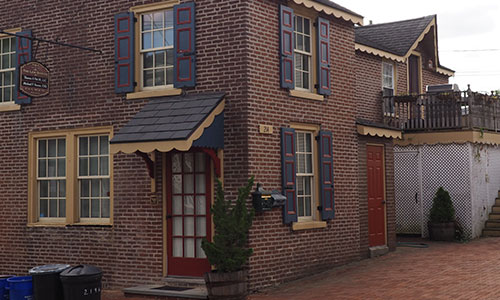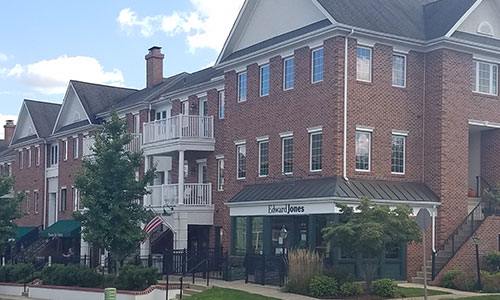What is Missing Middle Housing?

Low Density

Medium Density
Daniel Parolek coined the term "Missing Middle Housing" to describe the lack of medium scale housing witnessed in many communities. Parolek defined missing middle housing as "a range of house-scale buildings with multiple units—compatible in scale and form with detached single-family homes — located in a walkable neighborhood." Since inception, the concept has been endorsed by communities across the country as well as organizations such as AARP. Missing middle housing can be mixed-in with single-family housing forms, or higher density non-residential areas, to create a diversity of housing choices for residents. In many cases missing middle housing looks like single-family housing from the exterior.
As described on their website, the word "Missing" is used as the housing is currently prohibited to build since the 1940's — in many places due to zoning restrictions. The word "Middle" is used as the housing exists on a spectrum between single family detached units and mid and high-rise apartment buildings.
Parolek identified nine housing types as missing middle housing; Duplex (side-by-side), Duplex (stacked), Fourplex (stacked), Courtyard Building, Cottage Court, Townhouse, Multiplex (Medium), Triplex (stacked), and Live-Work. These building types must be appropriately scaled, designed, and located to be considered missing middle housing. For example, although townhomes can be missing middle housing, large townhomes, or townhomes outside of walkable neighborhoods would not be considered missing middle housing.


